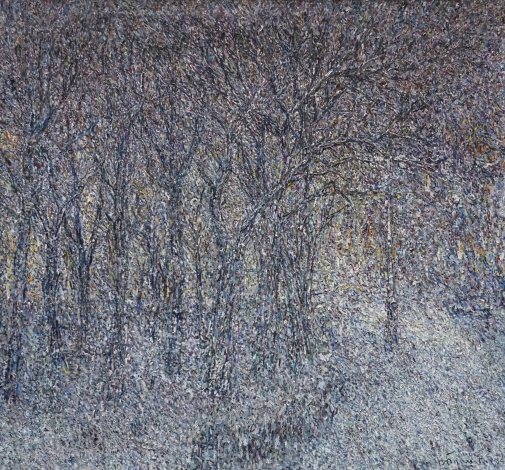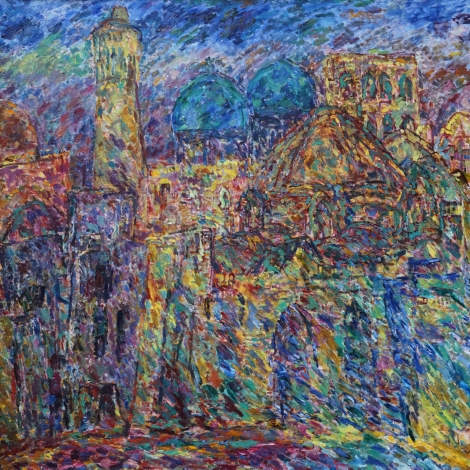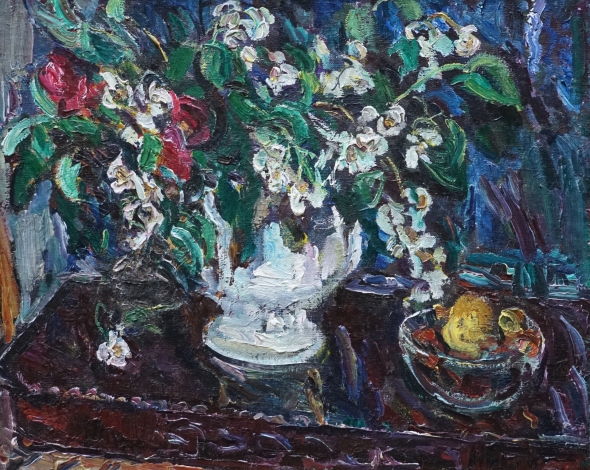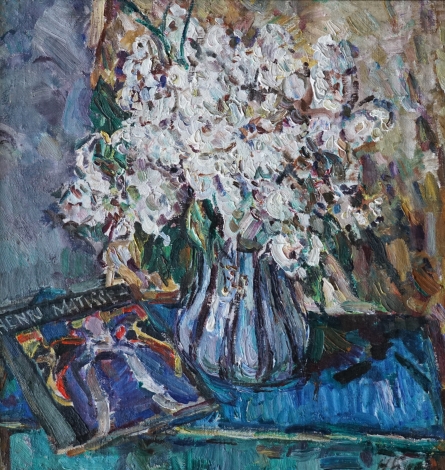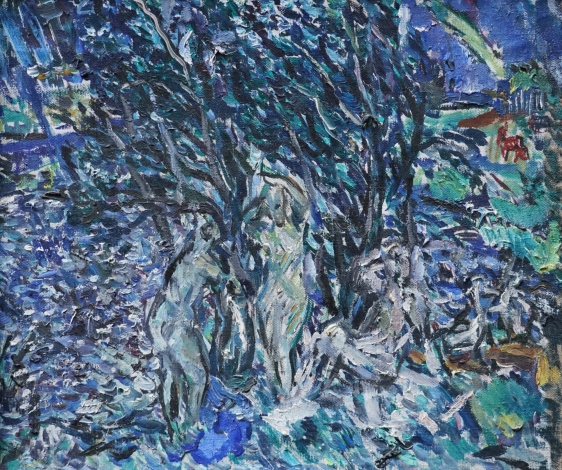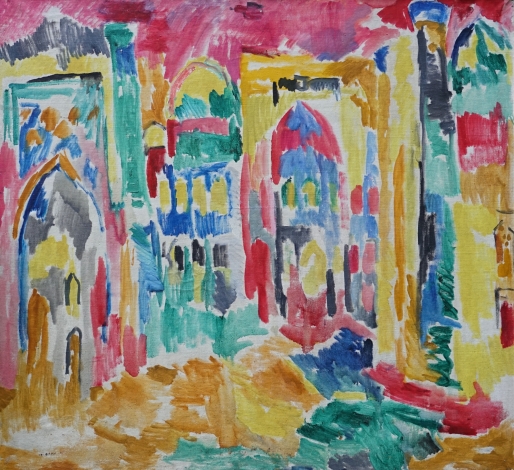Exhibition
Nikolai Buranov
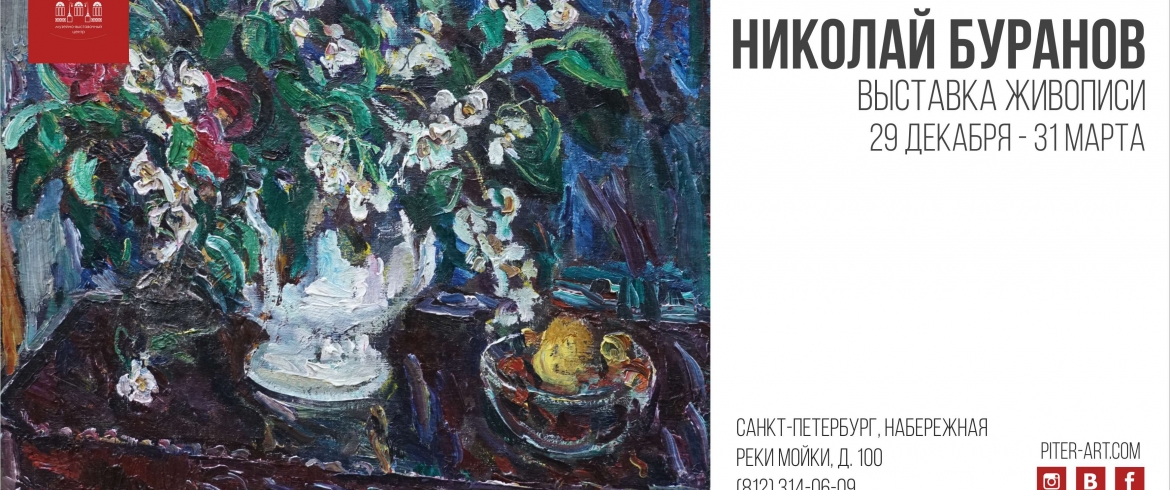
Category
ExhibitionDate
21 december 2018, 11:00 — 31 march 2019, 20:00
Price
100 rub — 250 rub
Events / Exhibition
Photo gallery
Nikolai Alekseevich Buranov (1920 −1991).
After graduating from two serious educational institutions — the Sverdlovsk Art School (1936-1950) and the Leningrad Institute of Painting, Sculpture and Architecture (1954-1960), Buranov received a solid foundation and could well become a successful and recognized in official circles master of realistic painting. After graduating from the Academy of Fine Arts, he was accepted into graduate school, which he passed under the guidance of B. V. Johanson, then worked for several years at the same institute as a teacher. The few works of the mid and late 1950s, which testify to the talent and professional literacy of the young Buranov, have been preserved. Nevertheless, the desire to follow his own creative guidelines, to say his own, distinct from others, a word in art, became for him the main artistic principle. After clearing his work from the pathos of socialist realism, freeing himself from the admixture of pathetic sound that was obligatory in the 20th century, he directed his creative will to search for a plastic language that responded to a deeply personal perception of the surrounding world.
Over the 40-year-old creative life, Nikolay Buranov has created a huge number of works, many of which are impressive not only by the size, but also by the boldness of the plan and the originality of its embodiment.
The world of snowstorm paintings is populated by emotionally strong images. Integrity is peculiar to him: it is the world, and not transformed fragments of reality. Landscape motifs, still lifes with flowers and fishes, the architecture of ancient eastern cities or landscapes with genre scenes — everything in his paintings exists in accordance with the special laws of harmony, created from matter, which seems to have nothing to do with coarse manifestations of life.
Already in the mid-1960s, the features of painting by Buranov, which were developed in the 70s and 80s, became apparent. In early still lifes with flowers, plants and fruits, he sensitively listens to melodies and rhythms, looks at the beauty of forms, experiments with perspective and perspective, making new discoveries.
Several trips to Central Asia in the mid-1970s. became a new milestone in the work of Nikolai Buranov. It is during this period that intense color combinations and expression work appear. Numerous types of night and day-time Bukhara with its spicy saffron patterns and outlines of objects dissolving in the sun rays, tell Buranov’s works new artistic qualities. The decorative aesthetics of the East with its brightness, ornamental and original shades of Bukhara fabrics and products is melted into the solution of his canvases.
Landscapes, painted in Leningrad and the Academic Dacha them. I. Ye. Repin, for whom the artist regularly came to work, on the contrary, has a different pictorial intonation — they are calm and lyrical, strict in their rhythmic completeness. Here the artist is surrounded by long-customary sincere motives. Landscapes are solved in a delicate palette of similar color, shrouded in air and filled with freshness.
And the eastern suite, and Leningrad landscapes, and numerous still lifes of different years — evidence of the constant creative rise and understanding by the artist Buranovym own way in art.
In the work of 1984 “Evening. Dusk. Art Square ”, written a few years before his death, he comes as close as possible to one of the important topics — the idea of creative freedom, the artist’s right to live and work honestly, selflessly, in accordance with his convictions. The symbolism of the picture revealed to them from the perspective of the era, from a distance lived by the artist of life. On this canvas, objects are devoid of clear outlines, they become sensations. The monumental work has no plot, it is made almost monochrome with small separate strokes. Poetic painting fascinates, attracts, and this is the power of Buranovsky art.
